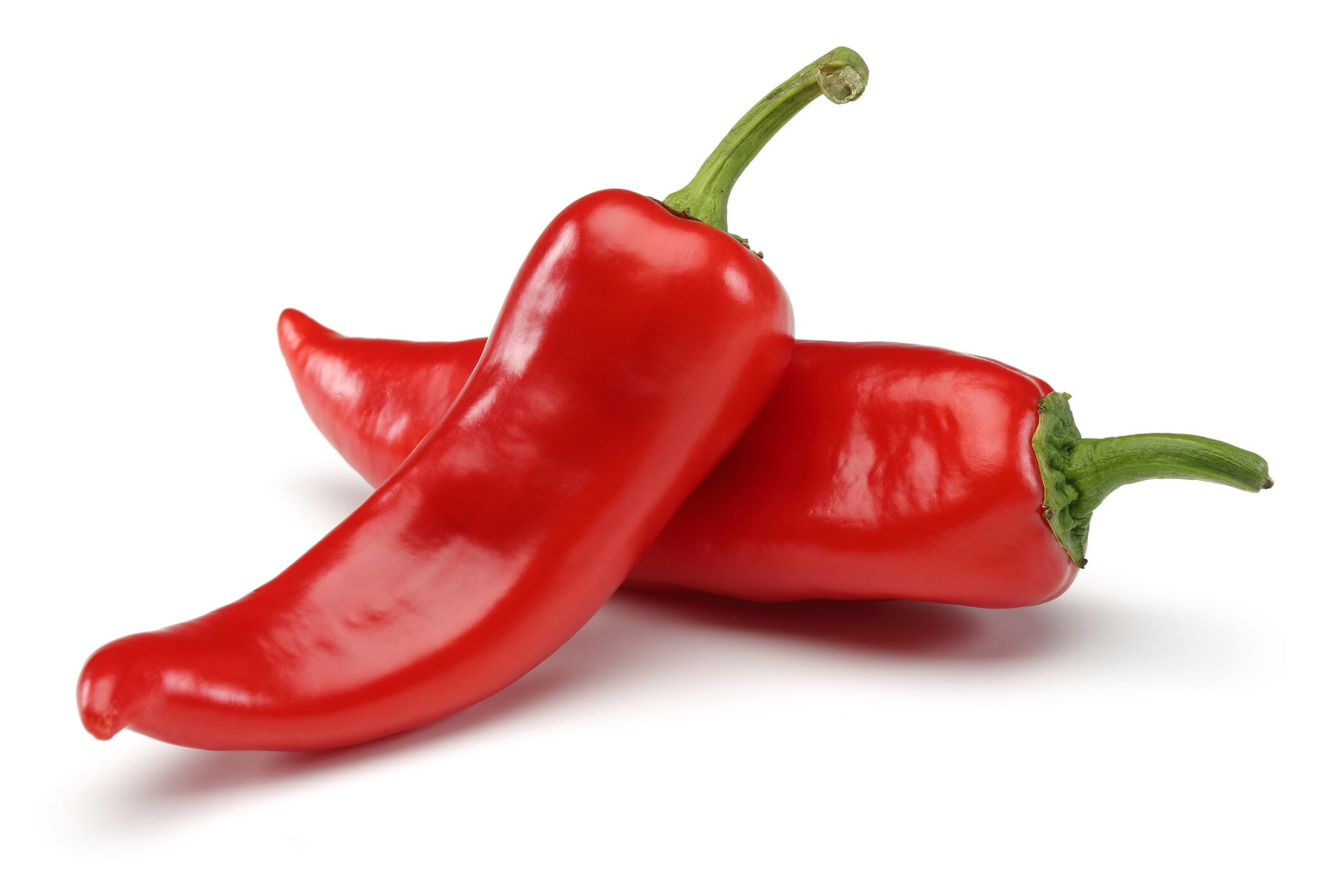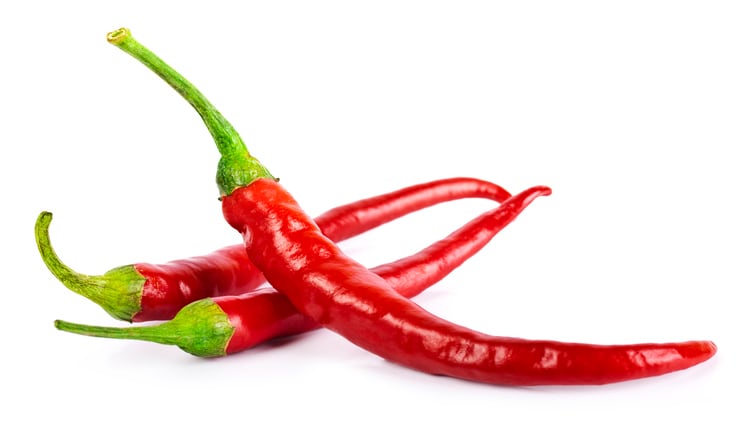Administration of 100mg caffeine or 475mg of C. annum capsules in male subjects 45 minutes after consumption of a high carbohydrate meal reduced blood glucose levels (BGL) to near fasting levels within 15 minutes, compared to the placebo, and increased energy expenditure over the 120-minute test period.
Writing in ‘Frontiers in Physiology’, they explain that intake of both compounds stimulated brown adipose tissue (BAT) activity to improve whole body glucose homeostasis and insulin sensitivity in healthy individuals and those with metabolic syndromes, such as type 2 diabetes mellitus (T2DM), and demonstrates the potential for individual dietary components to promote BAT activity.
“The significant results from this study may help in providing some clarity about the mechanisms,” wrote scientists from La Trobe University and the University of Melbourne.
Thermogenic properties
Caffeine is known to increase thermogenesis, but dosage is important because too much can induce adverse side effects, whereas an “acute” single dose (100mg) increases interscapular BAT temperature without causing harm, the authors explain.
Studies show that ingestion of a single 375mg caffeine capsule in healthy young men increases BAT activity and energy expenditure in individuals with high BAT mass, however the effects of extensive intake at a lower dose over several days has not been investigated.
Equally, research indicates the active component in C. annuum (capsaicin) stimulates BAT activity, imitating the effect of cold-induced thermogenesis. This results in increased adrenaline secretion and energy expenditure and reduced body fat in humans.
Both compounds are therefore known to promote similar brown adipose tissue activity, but they have only been assessed in isolation. In the current study, the primary aim was to investigate physiological mechanisms associated with caffeine intake, while C. annuum was introduced as a positive control.
Protocol
The study measured differences between acute effects and prolonged daily consumption of caffeine or C. annuum on respiratory exchange ratio (RER), substrate utilisation, and BFLs, after a carbohydrate load.
Eight healthy adult males aged 18 to 28 years were recruited for the study and received either caffeine (100 mg/day, No Doze, Key Pharmaceuticals), placebo (lactose, Ajax Chemicals), or capsicum positive control [475 mg of C. annuum fruit powder (capsaicin = 2.375 mg), Nature’s Sunshine] capsules daily for seven-days.
The protocol comprised three trials, lasting for seven days each and with a washout period of seven days between trials (five weeks in total). Participants were required to water fast for 11 hours prior to the first test and asked to abstain from vigorous exercise 24 hours before testing.
Results showed that both compounds lowered BGLs and RERs, increased fat oxidation, total energy expenditure and temperature in the supraclavicular fossa (Tscf), and decreased carbohydrate utilisation during the seven-day treatment period.
“To our knowledge this is the first-time measures of energy expenditure, substrate utilisation, blood glucose, and BAT thermogenesis have all together been significantly altered, and this effect has been sustained for a prolonged period,” the authors write.
Pharmacological target
Observed changes indicate that supplement intake triggered physiologically meaningful brown adipose tissue (BAT) thermogenesis that improved insulin sensitivity and overall glucose homeostasis in healthy individuals and those with type 2 diabetes.
This suggests either compound may have the potential to target BAT and improve insulin sensitivity, the authors maintain.
“These results support a physiological role of caffeine and C. annuum on metabolic activity and glucose homeostasis and may provide a basis to pharmacologically targeted BAT through caffeine and C. annuum mediated mechanisms to potentially improve metabolic homeostasis in humans.”
They add that findings for caffeine treatment compare favourably with similar research in terms of changes in Tscf and energy expenditure, although the current study observed effects over a longer period and with a more tolerable caffeine dose.
Study strength
Consumption of a high carbohydrate meal before supplementation was considered a key strength of the study, where others employed a fasting model which may have obscured acute changes in substrate utilization, the authors write.
“Our technique of carbohydrate loading subjects prior to measuring BAT temperature and combining indirect calorimetry, and blood glucose levels allows us to quantify the physiological extent of thermogenesis and altered substrate utilization, which would otherwise be masked during a fasted state.”
Finally, they suggest further research to investigate the effects of combining caffeine and C. annuum on markers of metabolic dysfunction and underlying BAT activation mechanisms to “identify safe and efficacious lifestyle or pharmaceutical interventions that may activate BAT”.
Source: Frontiers in Physiology
Published online, August 9, 2022: doi: 10.3389/fphys.2022.870154
‘Both caffeine and Capsicum annuum fruit powder lower blood glucose levels and increase brown adipose tissue temperature in healthy adult males’
Authors: L. Van Schaik, et al.


